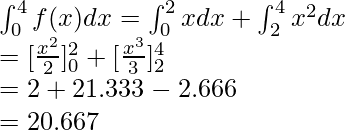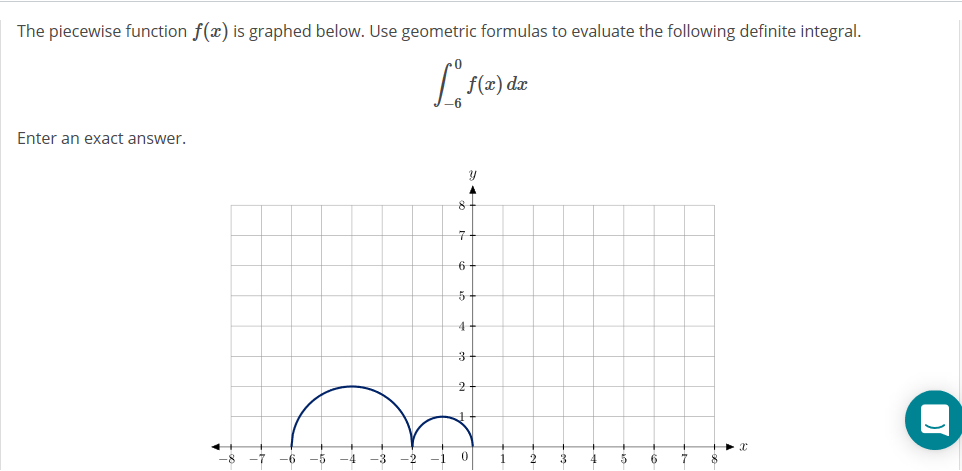


This will require conversions from piecewise to indicator functions. Then we will try to do the same using the templates of TI-Nspire CAS for piecewise continuous functions. The talk will show how easy it can be to perform a convolution for any compact support signal using the CAS DERIVE and its built-in indicator function (if one signal is an impulse, we can take a limit of indicator function). The way to think about integrating these types of functions is by thinking of them as a sum. Usually, the signals are piecewise continuous and have compact support in order to avoid convergence problems with the improper integral. Indefinite integrals of floor, ceiling, and fractional part functions each have a closed form, but this condition might not hold sometimes, and it's way easier to not try to find the definite integral but directly proceed to solve the indefinite integral. Here is the reason: if x(t) is the input signal, then the output signal y(t) is the convolution of x(t) with the system impulse response h(t). In most calculus textbooks, piecewise continuous functions do not constitute an important subject: students are rarely asked to use the fundamental theorem of calculus with a piecewise continuous integrand! But in signal analysis courses, engineering students have to deal with integrals of piecewise continuous functions, especially in the study of a (continuous) linear time invariant system, the.
DFIND INTEGRAL FOR PIECEWISE FUNCTION SERIES
As a final example, we will show how we have defined a Fourier series function in Nspire CAS that performs as well as Derive’s built-in “Fourier” function. Concrete examples of various operations between two piecewise functions will be presented. In the second part of this talk, we will show some implementations that will allow Nspire CAS to integrate symbolically products of piecewise functions with expressions: the starting point was the discovery of a non-documented function of Nspire CAS. The first one involves integrating a piecewise function.
DFIND INTEGRAL FOR PIECEWISE FUNCTION HOW TO
Derive knows how to integrate sign(a x + b) f(x) where f is an arbitrary function, a and b real numbers and “sign” stands for the signum function: this is why products of a piecewise function with any other expression can be integrated symbolically. The Integral Calculator lets you calculate integrals and antiderivatives of. this function is not multiplied by another expression. When doing definite integrals of piecewise functions, you set up multiple. Nspire CAS integrates symbolically any piecewise continuous function ─ and returns, as expected, an everywhere continuous antiderivative ─ as long as. A piecewise function is a function that has different expressions based on where its to be evaluated on the x-axis. In Nspire CAS, templates are an easy way to define piecewise functions in Derive, linear combination of indicator functions can be used. Piecewise functions are important in applied mathematics and engineering students need to deal with them often.


 0 kommentar(er)
0 kommentar(er)
